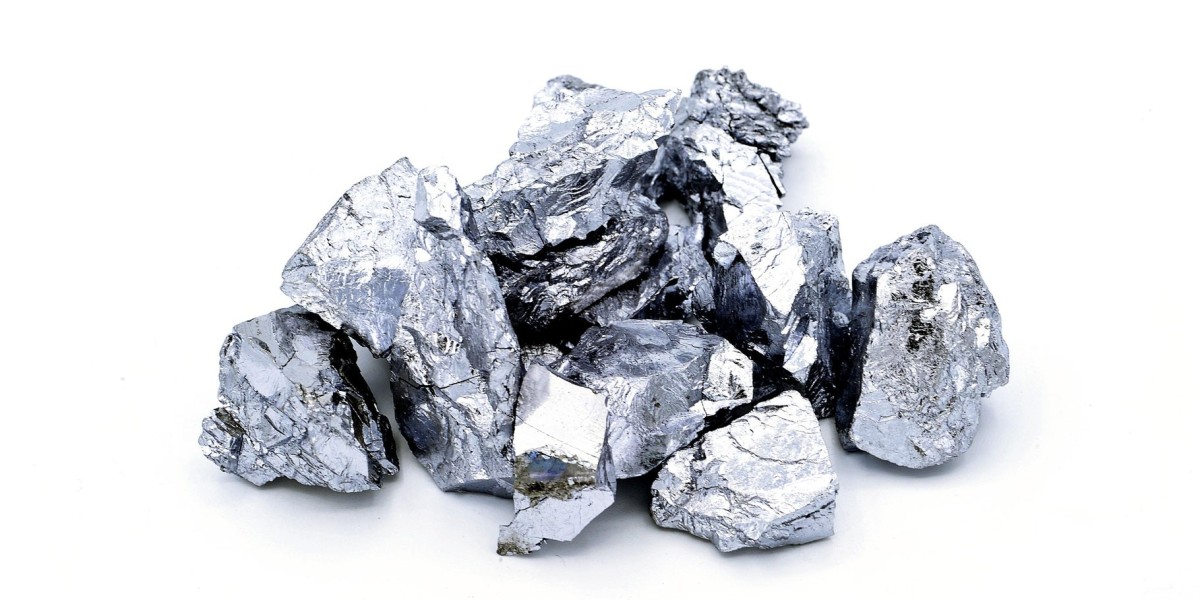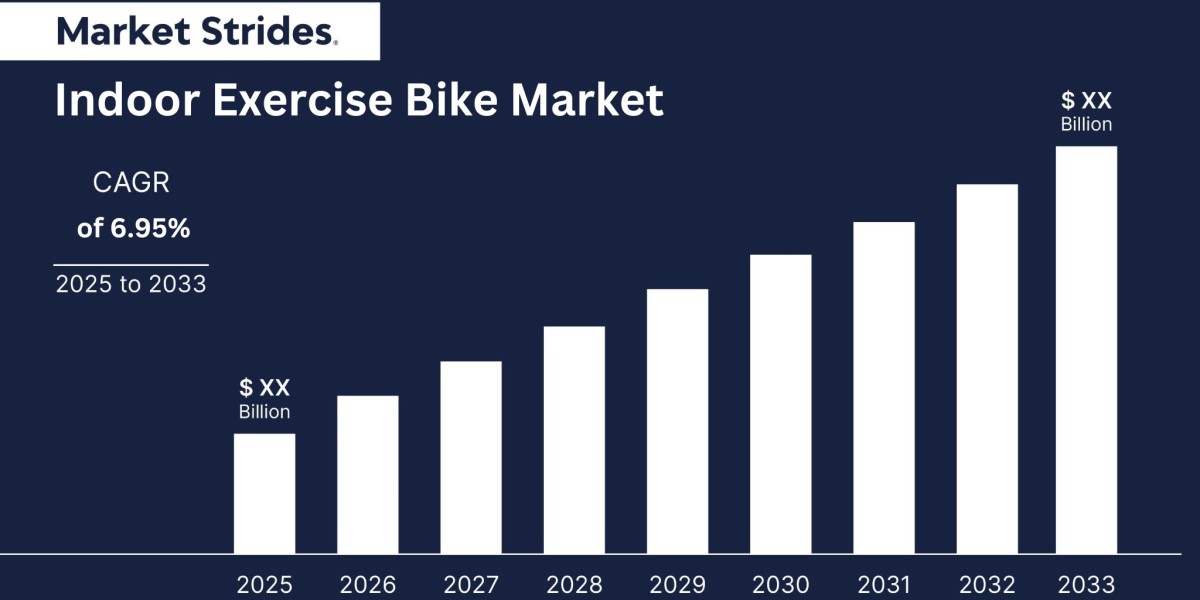Antimony, a key element used in flame retardants, batteries, alloys, and semiconductors, plays a critical role in various industries. However, despite its growing demand, several factors hinder the smooth functioning and expansion of the global antimony market. These inhibitors include regulatory challenges, price volatility, environmental concerns, supply chain disruptions, and the emergence of substitute materials. Understanding these challenges is essential for stakeholders, including miners, manufacturers, and investors, to navigate the complexities of the antimony industry.
1. Regulatory and Environmental Constraints
One of the major inhibitors of the antimony market is stringent environmental regulations. Governments worldwide have implemented strict policies to curb pollution from mining and processing activities. Antimony extraction and refining produce hazardous waste, leading to tighter emissions control, waste disposal regulations, and costly compliance requirements.
In countries like China, the world’s largest producer of antimony, regulatory crackdowns on pollution and illegal mining have led to reduced production. Similarly, environmental protection agencies in Europe and the U.S. enforce restrictions on the use of antimony trioxide, a common flame retardant, due to its potential health risks. These regulations create significant hurdles for industry players, increasing operational costs and limiting production capacity.
2. Price Volatility and Market Speculation
The antimony market is highly susceptible to price fluctuations driven by supply-demand imbalances, geopolitical tensions, and speculative trading. Over the years, price instability has deterred investors and manufacturers from committing to long-term contracts, leading to uncertainty in supply chains.
Since China controls a large portion of the global antimony supply, any policy changes or production restrictions within the country significantly impact global prices. Additionally, speculative trading in metal markets causes price swings, making it difficult for end-users to plan procurement strategies effectively. The absence of stable pricing creates a major barrier to market expansion and industrial growth.
3. Supply Chain Disruptions and Geopolitical Risks
Antimony production is heavily concentrated in a few countries, making it vulnerable to supply chain disruptions. China, Russia, and Tajikistan dominate global supply, and any political instability, trade sanctions, or export restrictions in these regions can severely impact availability.
For instance, the U.S.-China trade war introduced tariffs and trade barriers that affected the import of critical raw materials, including antimony. Additionally, geopolitical tensions between Russia and Western nations have raised concerns about the future availability of antimony sourced from Russian mines. Supply chain vulnerabilities expose manufacturers to risks, forcing them to seek alternative sources or stockpile materials at higher costs.
4. Competition from Substitute Materials
Another factor restraining the growth of the antimony market is the rise of alternative materials. Industries that traditionally relied on antimony-based compounds are increasingly exploring safer and more sustainable substitutes. For example, manufacturers of flame retardants are shifting to halogen-free and phosphorus-based alternatives due to regulatory pressures.
Similarly, in the battery sector, advancements in lithium-ion and sodium-ion technologies are reducing dependence on lead-acid batteries, where antimony is commonly used as an alloying element. As technological innovations continue, the demand for antimony may decline, posing a long-term challenge for market sustainability.
5. Recycling Challenges and Limited Secondary Supply
While recycling could alleviate some supply chain concerns, the recovery of antimony from scrap materials remains inefficient and cost-intensive. Unlike base metals like copper and aluminum, the recycling rate for antimony is relatively low due to complex extraction processes and limited economic incentives.
Many antimony-containing products, such as flame-retardant plastics and lead-acid batteries, require advanced separation technologies for effective recycling. However, the lack of infrastructure and investment in recycling facilities further constrains the secondary supply of antimony, making industries more dependent on primary mining sources.
Conclusion
The antimony market faces multiple inhibitors that restrict its growth and stability. Regulatory restrictions, environmental concerns, price volatility, geopolitical risks, and competition from alternative materials all contribute to the challenges experienced by stakeholders. As the industry moves forward, addressing these issues through sustainable mining practices, investment in recycling technologies, and diversification of supply sources will be critical to ensuring a resilient antimony market.



